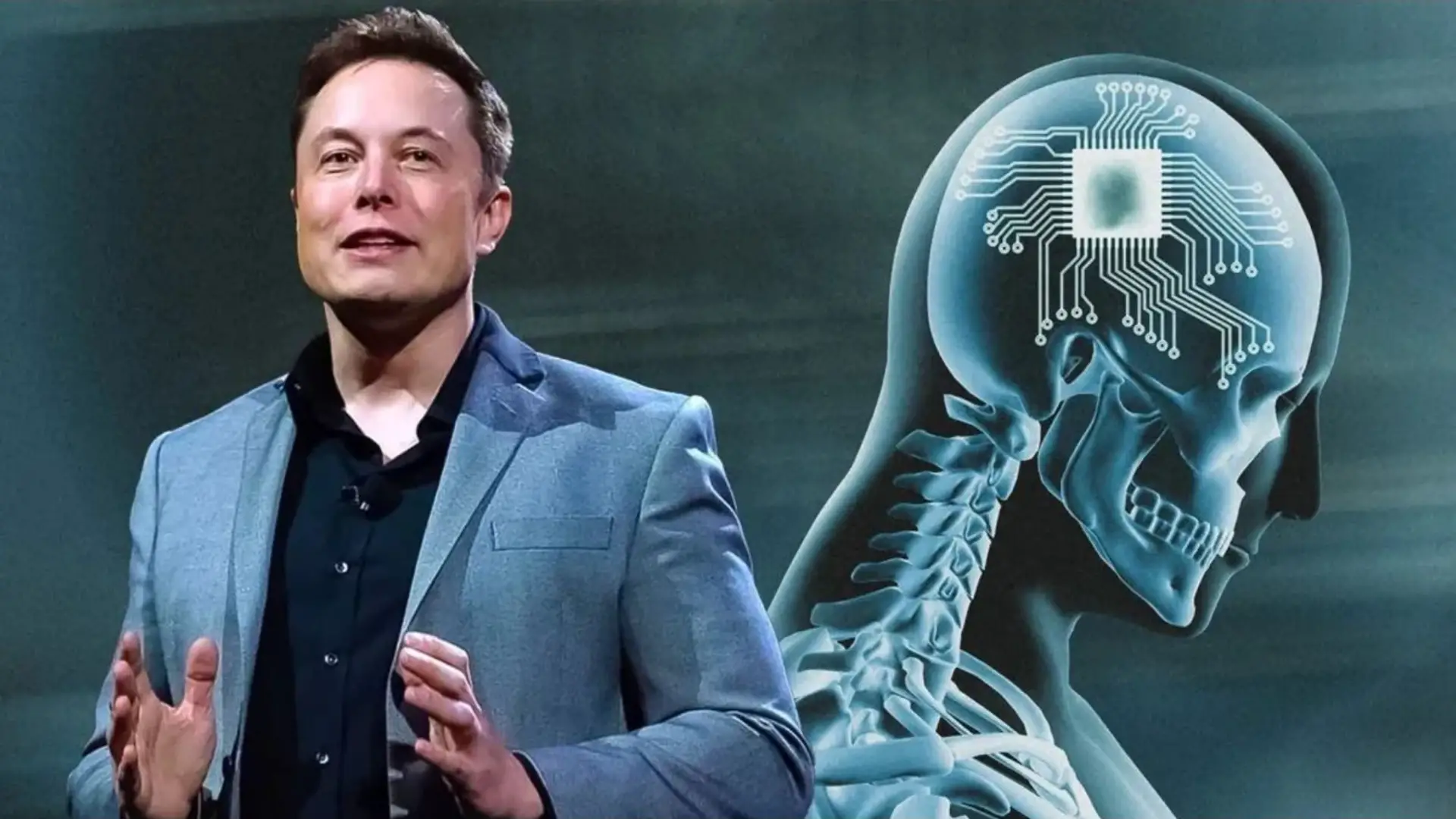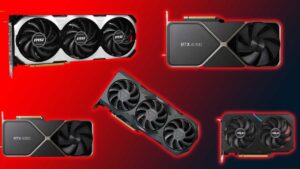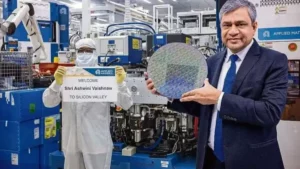Introduction:
In a groundbreaking development, Neuralink has achieved a significant milestone in the field of brain-computer interface (BCI) technology.
Musk recently announced that a patient implanted with Neuralink’s brain technology can now control a computer mouse through the power of thought. This showcases the potential of this futuristic innovation.
This blog post will delve into the details of this remarkable achievement, shedding light on the implications for medical science and the broader technology landscape.
Follow us on Linkedin for everything around Semiconductors & AI
The Neuralink’s Chip Breakthrough:
Neuralink’s brain implant technology, first introduced in January, has demonstrated its capabilities by enabling a patient to control a computer mouse solely through neural signals. Musk shared this exciting development in a Spaces session on the social media platform X, emphasizing that the patient had made a full recovery with no apparent adverse effects. This achievement opens the door to the possibility of restoring lost capabilities such as vision, motor function, and speech by harnessing the power of the human brain.
The Technology Behind Neuralink’s Chip:
Neuralink utilizes a sophisticated robotic system to precisely implant its device into the human brain. Musk highlighted the company’s goal of extracting as many button presses as possible through neural signals. This includes tasks like moving a computer mouse, demonstrating the potential for more complex actions, such as dragging boxes on a screen, to be achieved through pure thought.
Read More: 6 Ways Brain Chip Could Potentially Alter the Future of Humanity
First In-Human Clinical Trial of Neuralink’s Chip:
Neuralink’s foray into the world of in-human clinical trials began with the implantation of its device earlier this year. The company received approval from the U.S. Food and Drug Administration (FDA) in May, paving the way for the groundbreaking study. Musk expressed optimism about the potential applications of Neuralink’s technology. He also emphasized the importance of collecting extensive data on safety and efficacy.
The Road to Commercialization:
While the recent breakthrough is undoubtedly a leap forward, Neuralink is still on the path to commercialization. The medical device industry requires rigorous safety testing and data collection before gaining final approval from regulatory authorities like the FDA. Neuralink’s commitment to ensuring the safety and effectiveness of its technology reflects a responsible approach to bringing this innovative solution to the market.
Read More: 5 Neurotech Innovations Reshaping Human Existence
Implications for the Future:
Neuralink’s success in enabling a patient to control a computer mouse through thought processes has far-reaching implications. The ability to restore lost functionalities holds promise for individuals with neurological disorders or injuries, offering hope for improved quality of life. Additionally, the technology opens new avenues for human-machine interaction, potentially revolutionizing the way we interact with computers and external devices.
Conclusion:
Neuralink’s recent achievement marks a significant stride in the realm of brain-computer interface technology. Elon Musk’s vision of merging technology with the human brain is gradually becoming a reality, with the potential to transform the lives of individuals facing neurological challenges. As Neuralink continues its journey toward commercialization, the world eagerly anticipates the further evolution of this groundbreaking technology.




